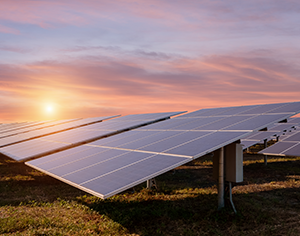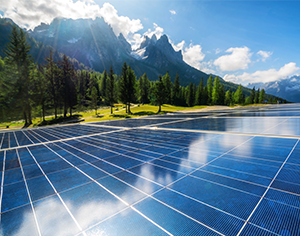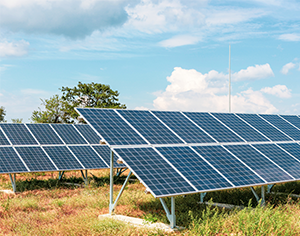
The use of solar panels has increased dramatically in recent years, bringing a range of benefits to homeowners who harness the sun's rays: lower energy costs, increased home value, and reduced carbon footprint.But the upfront price of solar panels is also high.Before investing heavily in solar panels, homeowners naturally want to know how many years they can last.Below we'll answer the question of the longevity of solar panels, some of the factors that affect their longevity, and how to make them last longer to capture the most light for your money.How long will solar panels last?To answer the question of the lifetime of a solar panel, we should first define degradation.According to the National Renewable Energy Laboratory, degradation is 'the decrease in solar panel output over time' Degradation is a key factor affecting the lifespan of solar panels.NREL data shows that the degradation rate of solar panels is about 0.5% per year

Solar power plants, commonly referred to as solar panels, convert solar energy directly into electricity.In a solar panel, photons emitted by the sun separate the outer electrons of the semiconductor material from the atomic bonds.When electrons are forced to move in the same direction, an electrical current can be generated to power electronic devices or deliver power to the grid.Photovoltaic power generation has been one of the subjects of scientific research since the theory of photovoltaic power generation in France in 1839.Currently, the international photovoltaic industry market continues to expand as major research teams in the US – in Japan and Europe accelerate the industrialization of their respective solar systems.Although the components of a solar panel power generation system are different, all components include several layers of material from the glossy side to the back side.Sunlight first passes through the protective layer (usually glass) and then enters the interior of the cell through the transparent contact layer.At the center of the assembly is an adsorbent material that absorbs photons to complete 'photogenerated current'.The semiconductor material of which depends on

What is solar energy, I believe that many people have a general understanding of solar energy to explain the related technologies of solar energy application.Let's talk about photovoltaic power generation in solar energy application technology.There are two main aspects: principle and advantages.The photoelectric effect can occur in liquid and solid materials, but only solids (especially semiconductor PN junction devices) have higher photoelectric conversion efficiency under sunlight.Using the principle of photovoltaic effect to manufacture crystalline silicon solar cells, the light energy of the sun can be directly converted into electricity.The energy converter of solar photovoltaic power generation is solar cell, also known as photovoltaic cell, which is the foundation and core equipment of solar photovoltaic power generation system.The process of converting solar energy into electrical energy mainly includes three steps: (1) After the solar cell absorbs a certain amount of photon energy, electron-hole pairs are generated in the semiconductor, which are called 'photogenerated carriers'.The polarities of the two are opposite.Electrons are negatively charged and holes are positively charged.(2) Photogenerated with opposite polarities

